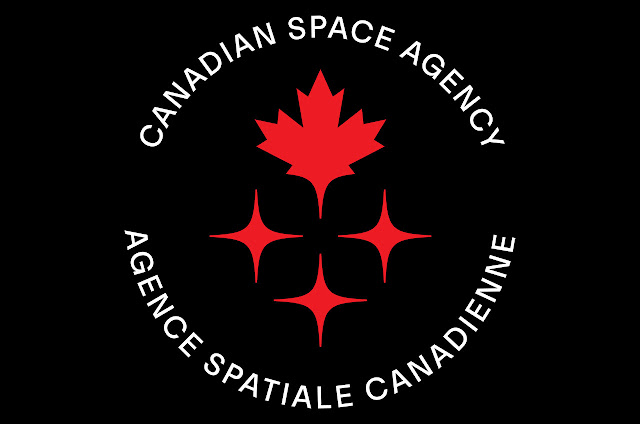The Canadian Space Agency (CSA) is the national space agency of Canada. It was established in 1989 with the goal of coordinating all civil, space-related policies and programs on behalf of the Government of Canada. The CSA operates under the Canadian Space Agency Act and reports to the Minister of Innovation, Science, and Industry.
Key functions and responsibilities of the CSA include:
Space Exploration: The CSA is involved in various space exploration initiatives. It has contributed to international space missions, including the development of robotics for the International Space Station (ISS) and participation in Mars exploration programs.
Satellite Communications: The CSA is responsible for the development and operation of Canadian satellites. This includes communication satellites, weather satellites, and Earth observation satellites.
Space Science: The agency supports research and development in space science, including astrophysics and planetary science. It funds projects and missions aimed at expanding our understanding of the universe.
Space-based Earth Observation: The CSA plays a role in monitoring and understanding Earth's environment through satellite-based observation. This includes studying climate change, monitoring natural disasters, and managing natural resources.
Robotics: Canada is renowned for its expertise in space robotics. The CSA developed the Canadarm robotic systems used on the Space Shuttle and the Canadarm2 on the ISS. The development of advanced robotic technologies continues to be a focus of the agency.
International Collaboration: The CSA collaborates with various international space agencies, including NASA, the European Space Agency (ESA), and others. This collaboration allows Canada to participate in a wide range of space missions and projects.
Commercial Space Activities: The CSA supports the growth of the Canadian space industry, including commercial satellite launches and space technology development.
The CSA has made significant contributions to space exploration and research, and it continues to be an active participant in the global space community. Its work has implications not only for space exploration but also for various applications on Earth, including communications, environmental monitoring, and resource management.
